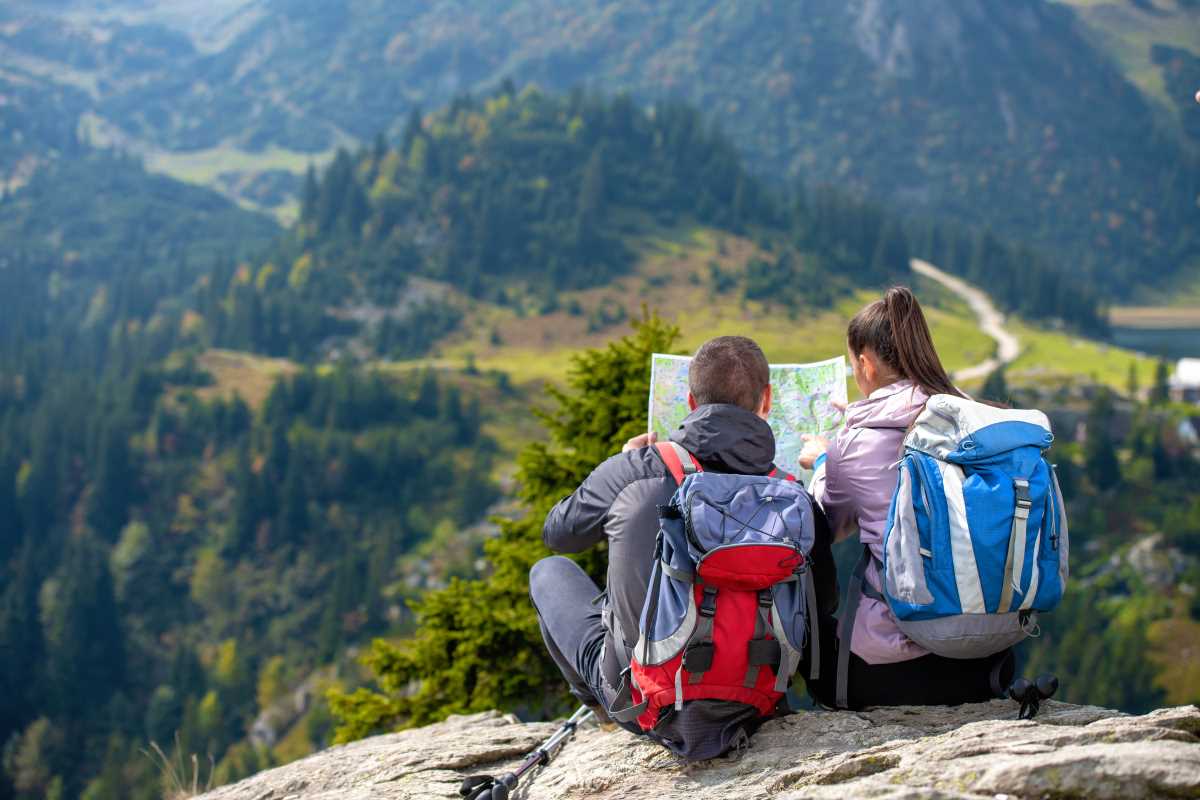Travelers can enjoy exciting adventures while keeping their environmental impact low. This guide shows how to choose destinations, equipment, and travel methods that honor the natural world and preserve its beauty. Discover useful tips and creative ideas for planning trips that support local communities and protect wildlife habitats. With thoughtful decisions, every journey can bring joy and memorable experiences without harming the places you visit. By following these suggestions, you will find it easy to balance enjoyment with responsibility, making your travels rewarding for both you and the planet. Let these recommendations inspire your next eco-friendly getaway.
Get ready to explore seven clever ways that make every step kinder to Earth and every memory more rewarding. From researching spots before you go to pitching in on local projects, you’ll leave nothing behind but footprints—just the way nature intended.
1. Research Eco-Conscious Destinations
Start by pinpointing places that prioritize sustainability in daily operations. Look for parks or reserves with clear conservation missions. Seek out tourism boards that push renewable energy or community-led initiatives.
- Check certifications and accreditations from recognized environmental groups.
- Read traveler reports about how local businesses handle waste and support ecosystems.
- Explore blogs by on-the-ground guides who share firsthand experiences.
Knowing what makes a region eco-friendly helps you avoid spots that greenwash their practices. When you arrive, you’ll already have a feel for the local vibe and ways to fit right in.
2. Pack Smart: Essential Leave-No-Trace Gear
Focusing on lightweight, durable equipment keeps your pack manageable and cuts waste. Choose reusable items that serve multiple purposes to reduce bulk.
- Bring a compact water filter or purifier system instead of single-use bottles.
- Use a silicone travel set (cups, utensils, bowl) that folds down flat.
- Carry biodegradable soap and shampoo bars to clean without harming streams.
- Invest in a sturdy, all-weather dry bag to protect gear rather than multiple plastic sacks.
You’ll feel lighter on trails and avoid leaving behind packaging or disposable tools. This small shift in packing pays off with simpler carry and a smaller footprint.
3. Choose Sustainable Transportation
Planes, trains, and cars all cast different environmental shadows. Narrow down the least impactful option by comparing emissions per passenger mile. Trains often top this list for long distances.
If you must drive, pick a fuel-efficient or electric vehicle and drive steadily to save gas. For shorter trips, cycling or walking not only slashes carbon but also reveals hidden gems along the route.
Whenever possible, line up rideshares with fellow travelers or book group shuttles. Sharing transport spreads out emissions and builds camaraderie before you even get to camp.
4. Book Zero-Waste Accommodations
Look beyond star ratings to see how lodgings handle garbage, water, and energy. Small guesthouses or family-run B&Bs often excel at reusing materials and composting scraps.
Spot properties that encourage towel and linen reuse, harvest rainwater, or heat with solar panels. These choices add up to lower impact and support operators who take care of their surroundings.
Tip the balance further by bringing your own toiletry wraps and refillable bottles. Your host will notice the gesture and might adopt new habits after seeing how easy low-waste living can be.
5. Adopt Leave-No-Trace Practices on Trails
Once you hit the trail, stick to established paths and campsites to avoid trampling fragile plants. Scout out durable ground—rock, gravel, or bare soil—for pitching tents.
Carry everything out that you haul in, including lint from clothes dryers or tiny wrappers. Store food and scented items in sealed containers to protect wildlife and keep animals healthy.
Scout for local guidelines on disposing of human waste. In some spots, that means digging a cat hole; in others, packing out waste in specialized kits.
6. Support Local Conservation Efforts
Get involved with community projects that protect native species or restore waterways. Even a small donation or a few volunteer hours can help habitat recovery and strengthen local stewardship.
Join guided cleanups, tree-planting days, or citizen-science surveys where you record wildlife sightings. You’ll meet people who know the land intimately and develop a stronger connection to the place.
You can also choose souvenirs that directly benefit conservation—handcrafted goods made by nearby artisans or branded items whose proceeds fund park upkeep.
Ready to explore ways to stay active without leaving a trace?
All these seven tips fit together to create a trip that celebrates nature instead of consuming it. When you plan carefully, you not only protect wild spaces but also enjoy richer, more memorable experiences.
Plan your next escape with care to minimize your environmental impact. Your future self and the planet will appreciate it.
 (Image via
(Image via





